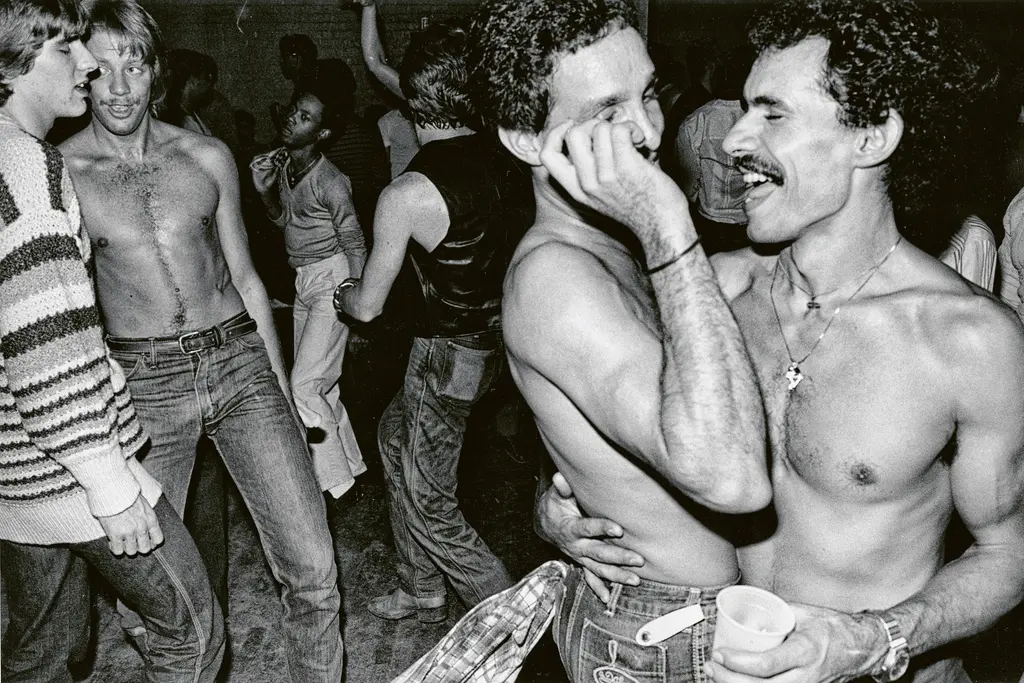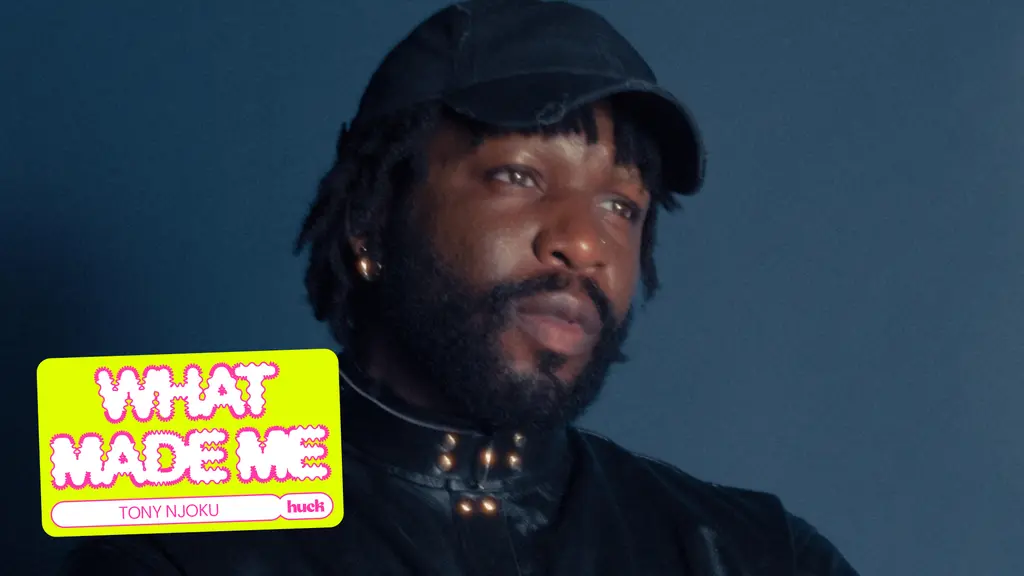How north Devon became the UK's first world surfing reserve
- Text by Sam Haddad
- Photography by Main image courtesy of Offshore Photo.

On a bright and sunny spring day in Woolacombe, a beach resort town in north Devon, three men are standing on a clifftop singing sea shanties while surfers ride waves that peel gently in the ocean below. It’s an ebullient scene; the performers are regaling a crowd of over 100 well-wishers who have gathered to celebrate the inauguration of the UK’s first world surfing reserve – an 18 mile stretch of coastline running west from Lynmouth, then south through Croyde to Saunton.
North Devon joins a list of 11 globally-revered spots that includes Malibu and Santa Cruz in California, Australia’s Gold Coast and Todos Santos in Mexico. Alongside the quality and variety of surf breaks, which range from expert barrels to the kind of mellow waves loved by longboarders, it’s an incredibly beautiful part of the country, all green rolling hills, dramatic clifftops, sea views and pretty villages with not a Starbucks or big chain supermarket in sight.
From the primary school kids sitting in neat lines at the front, to the teenage surfers skulking at the back, to the older couples in Hawaiian shirts and the Chief Executive of the county council wandering about in a suit, the event feels part surfers’ shindig and part village fête. This feeling only intensifies when Kevin “Cookie” Cook, a retired teacher, parish councillor, chairman of Woolacombe Surf Lifesaving Club and the driving force behind the Surf Reserve designation, takes to the stage to ask if anyone has seen his wheelbarrow. It’s been missing since they dug a hole in the grass to install the commemorative plaque and statue, which now sits behind a pair of red velvet curtains, a few days ago.
The idea for north Devon to apply for World Surfing Reserve status came up in 2016, when a group of locals were sitting amongst the buckets and spades and chintzy postcards at Putsborough Beach Café, wondering how to spend a £2,000 donation. Suggestions were at the level of ordering some new rash vests for the surf lifesaving club and beach cleans when Cookie, who shaped his first board in 1968 and has been surfing in the area ever since, urged everyone to think bigger.



Aware of the threats that surf breaks face globally, from coastal erosion and sea level rises, to development along coastlines and sewage and plastic pollution, the group wanted to protect their local surf ecosystem as best they could while raising awareness of the benefits that surfers and surf tourism bring to the area. It’s a battle Cookie has been fighting since the 1970s, when surfers were seen as hippies and drop-outs. While surfing may be seen as more acceptable today, especially since its inclusion in the last Olympics, the economic benefits it brings to an area, often referred to as “Surfonomics”, are rarely acknowledged. In 2008, researchers from the University of Plymouth calculated that the sport brought in £52 million annually and 1,500 jobs to the local economy. This figure would surely be higher today.
World Surf Reserves, which are designated by international non-profit Save the Waves, are intended to preserve surf breaks and their surrounding areas by recognising and protecting the key environmental, cultural and economic attributes they bring to coastal communities. The construction of a sea wall in Madeira ruined the world-class break of Jardim Do Mar in the early 2010s, while 20 waves are under threat from infrastructure development in the Maldives.
A committee of north Devon locals was formed to apply for World Surf Reserve status, which, along with Cookie, included sustainability manager and Reserve co-founder Adam Hall, teacher Rob Whitney, former Surfers Against Sewage chairman Ben Hewitt and Yvette Curtis who founded Wave Wahines, a north Devon surf club for women and girls from all communities.
The inclusion of Curtis, a non-expert surfer of colour, on the committee was significant as north Devon has some challenging waves – Croyde at low tide, for example, along with spots which can be more mellow, such as Saunton. For the Reserve, achieving protected status was never about creating an exclusive space for advanced surfers. Inclusivity has always been at the core of their mission, as embodied by their strapline: “Waves For All Forever.'' Sea swimmers, stand up paddle boarders, bodyboarders, and people simply splashing about in the whitewater are just as welcome as surfers.
“We don’t need to exclude people by giving the impression it’s only for elite surfers, it’s for the whole community to use and access too,” says Curtis. “Demographically about 10% of north Devon identifies as non-white, but we also want people of colour to feel welcome to travel here. The Surf Reserve helps to create an inclusive area for all to enjoy and feel a part of, and it increases the numbers of those who love the oceans and want to protect them.”




For Hall, creating more environmental advocates is a key part of the initiative. “It’s a fragile area. It’s not a given that you turn up to these places and they will always be like this,” he says. “If we can start getting people to fall in love with north Devon and highlight the fact that actually there are some threats, and those people go back to their communities wherever they are and start talking about environmental issues, then we’ve raised that awareness and got more people on board. You don’t have to sit on the sidelines and watch the places you love become depleted. You can get involved to protect them.”
Surf Reserves are not without their controversy. Puerto Rico was designated a Reserve but never inaugurated, allegedly after American expats – a powerful real estate force on the island – blocked the move, while Europe’s first Reserve in Ericeira, Portugal, was over-promoted by tourism authorities, bringing too many visitors to its breaks. North Devon isn’t without these concerns, either. Last August, a fire caused by a disposable barbecue blazed through 200m of precious wildlife habitat at Baggy Point. Does Hall worry the designation will bring more people to what is essentially a fragile ecosystem?
“It’s not a secret,” Hall says. “People are already here. The question is do we just let that happen organically with no schemes in place, or do we highlight the fact that people are coming to a special area and they need to respect it and be advocates for the environment? It’s not a promotional activity, it’s an environmental activity to manage the amount of people that are already here.”
"The Surf Reserve helps to create an inclusive area for all to enjoy and feel a part of, and it increases the numbers of those who love the oceans and want to protect them." Yvette Curtis, founder of Wave Wahines (Photo: Louise Pamment)

Unsurprisingly, north Devon’s natural beauty also makes it a hotspot for second homes and holiday lets, with over half of local properties not being used for permanent residence according to a council report.
“It is a touch outside of our remit, as we’re focused on the surf ecosystem,” Hall says when I ask if the Surf Reserve will have any power over housing. Instead of operating in a silo, the Surf Reserve is a coalition of organisations and communities and the core team are now working with a broader Local Stewardship Council including North Devon District Council, the National Trust, the University of Plymouth, Surfers Against Sewage, Surfing England, and Plastic Free North Devon. “But we do talk about overdevelopment of the coast and how that could ruin the experience of surfing here, and we talk about inclusivity and access,” he says.
While the Surf Reserve has no power to insist upon access, one of the main things this designation brings is leverage. “The RNLI are on our Local Stewardship Council and they’re concerned about the safety of surfers and also putting their lifeguards at risk during rescues,” he says. For example, at Down End Point – a wave in the Reserve which can only be accessed via private land during big swells as it’s too dangerous to paddle out of. “The only safe way out of the water is through a little beach and then up through private land,” he says. “The current homeowner has been brilliant over the past couple of decades and always lets us use that land, but the property is now for sale so there are some concerns about the future.”
Sewage, too, is an ongoing issue. Popular winter surf spot Combe Martin is one of the most polluted beaches in the country, and water testing and monitoring are inadequate. Hall says that it’s hard to know exactly how many of the region’s sore throats, ear infections and stomach bugs are down to sewage, but for locals it’s unacceptable that raw sewage is being pumped into a World Surfing Reserve full stop, with pollution consistently topping surveys amongst residents as to which problems they would like tackled first.
“The climate crisis and biodiversity loss are the biggest threats [to the local surf ecosystem],” Hall says. “But sewage is the most prominent threat that we can fix. It’s a choice.”
Siyanda Hewitt, a local teenage pro surfer, who is also the UK’s first competitive Black surfer, tells me that he and his friends are frustrated by sewage releases in the area. Sitting on the grass at the inauguration, he voices his beliefs that the government isn't taking the problem seriously enough and has been bowing down to water companies for too long. “This is the voice of coastal communities rising up,” he says. “We want to protect the area and its extraordinary surf breaks.”
Hewitt also adds that the Surf Reserve has brought younger and older people in the community together. “People wanted to get involved and help,” he says, “it brought the generations together.”
His dad Tom, who founded the charity Surfers Not Street Children in South Africa, which helps divert young people away from drugs and street crime and into surfing, has seen first-hand the therapeutic benefits that surfing can bring, especially to young people. “These surf breaks need protection as they give youngsters the chance to be athletic and have fun, which keeps them away from other less healthy youth experiences,” he says.




In the future, the Local Stewardship Council plans to take the Surfonomics work a stage further by using data from the wave forecasting app Surfline to calculate how much money each single day of good waves brings to the local economy. By cross-referencing that with data from the Surfers Against Sewage app on real-time sewage releases, they’ll also be able to map the exact economic cost of sewage dumping in the region. This will heap even more pressure on the government and water companies to provide solutions to a problem which has incensed the country and cost the Conservatives at the ballot box, and may prompt other coastal resorts to follow suit.
For now, spirits are high. Before the local school kids pull back the curtains to unveil the plaque, Cookie does another round of thank yous and tells the crowd he believes this community vision is replicable all around the UK, urging people to come together to protect the coastal areas they love using the energy they’ve taken from spending time in the sea. He then cites a line from Heathcote Williams’ 1988 poem “Whale Nation,” while gesturing to the endless ocean views behind him: “From space, the planet is blue…”
Sam Haddad is a freelance writer who edits the newsletter Climate & Board Sports.
Enjoyed this article? Follow Huck on Twitter and Instagram.
Photos courtesy of N and M Dro-tography and Offshore Photo.
Latest on Huck

Maryam El Gardoum is breaking new shores for Morocco’s indigenous surfers
The Amazigh Atlantic — Through her groundbreaking career and popular surf school, the five-time Moroccan champion is helping women find their places in the waves.
Written by: Sam Haddad

Youth violence’s rise is deeply concerning, but mass hysteria doesn’t help
Safe — On Knife Crime Awareness Week, writer, podcaster and youth worker Ciaran Thapar reflects on the presence of violent content online, growing awareness about the need for action, and the two decades since Saul Dibb’s Bullet Boy.
Written by: Ciaran Thapar

Volcom teams up with Bob Mollema for the latest in its Featured Artist Series
True to This — The boardsports lifestyle brand will host an art show in Biarritz to celebrate the Dutch illustrators’ second capsule collection.
Written by: Huck

A visual trip through 100 years of New York’s LGBTQ+ spaces
Queer Happened Here — A new book from historian and writer Marc Zinaman maps scores of Manhattan’s queer venues and informal meeting places, documenting the city’s long LGBTQ+ history in the process.
Written by: Isaac Muk

Nostalgic photos of everyday life in ’70s San Francisco
A Fearless Eye — Having moved to the Bay Area in 1969, Barbara Ramos spent days wandering its streets, photographing its landscape and characters. In the process she captured a city in flux, as its burgeoning countercultural youth movement crossed with longtime residents.
Written by: Miss Rosen

Tony Njoku: ‘I wanted to see Black artists living my dream’
What Made Me — In this series, we ask artists and rebels about the forces and experiences that shaped who they are. Today, it’s avant-garde electronic and classical music hybridist Tony Njoku.
Written by: Tony Njoku

